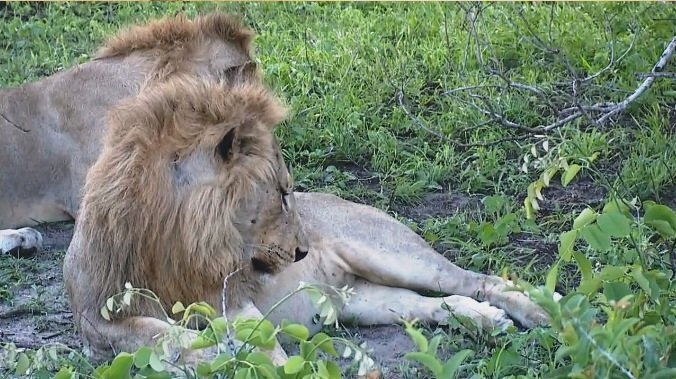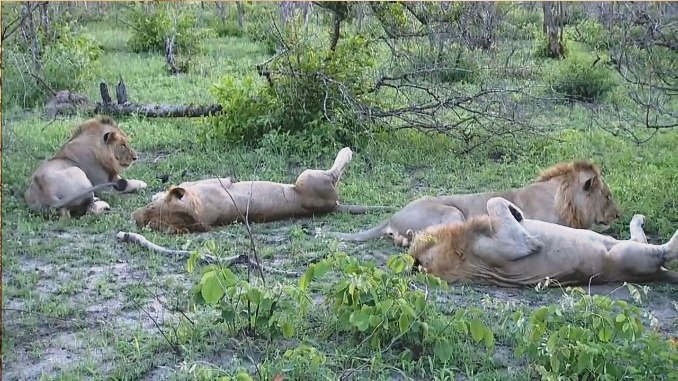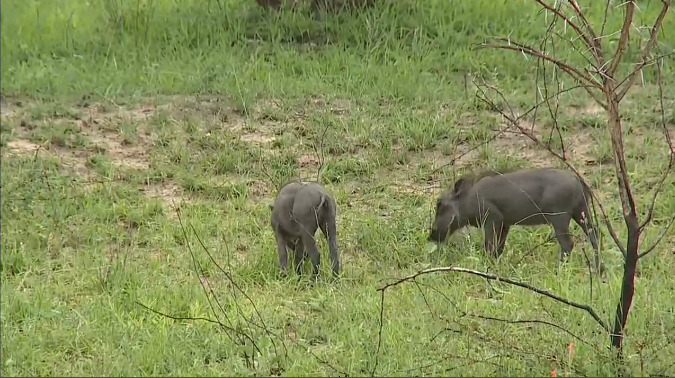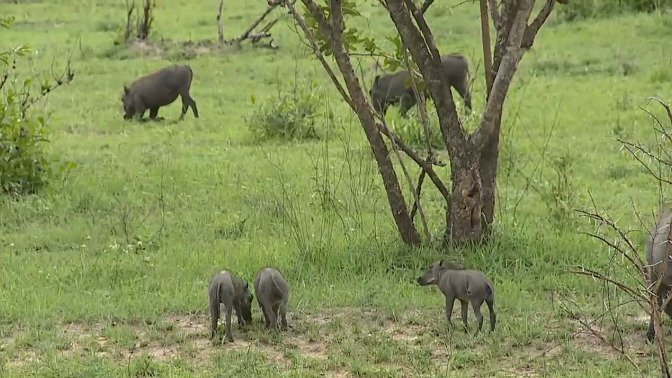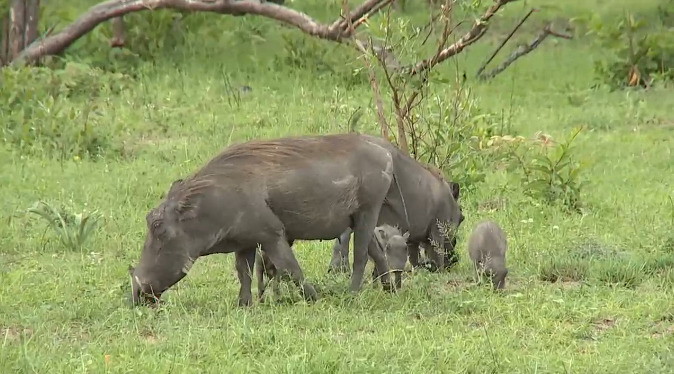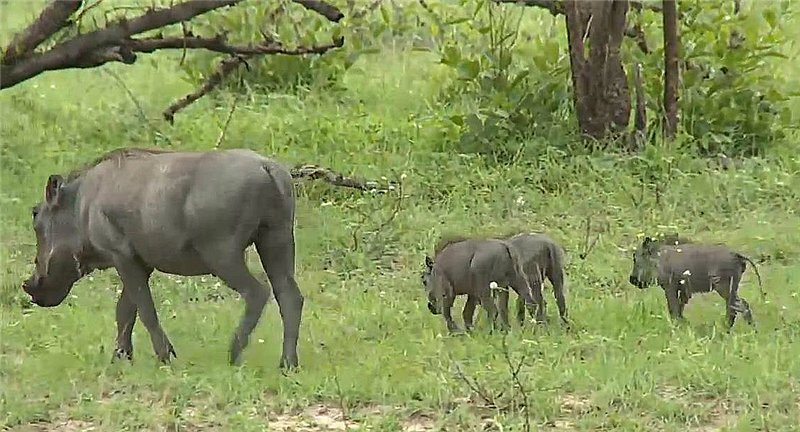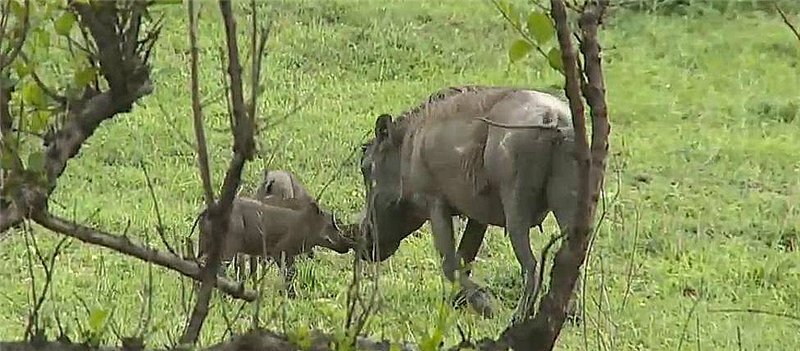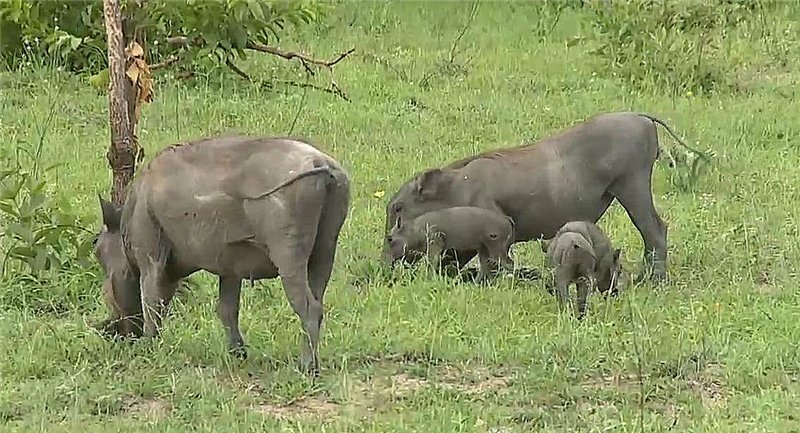roosaluristaja wrote:
Šis manuprāt ir Black-winged kite (Elanus caeruleus) nepieaudzis īpatnis. Neesmu gan pilnīgi pārliecināts. Tik gaišs vēders it ka nevarētu citām sugām būt.
 roosaluristaja, Tā liekas gan, ka būs īstais...
http://birding.krugerpark.co.za/birding ... kites.html
Black-shouldered Kite (Elanus caeruleus)
roosaluristaja, Tā liekas gan, ka būs īstais...
http://birding.krugerpark.co.za/birding ... kites.html
Black-shouldered Kite (Elanus caeruleus)
Afrikaans: Blouvalk
The Black-shouldered Kite is a small, graceful raptor and the most voracious eater in the raptor family. It needs to consume up to 25% of its body mass every day – that is the equivalent of about two mice. This means each bird probably kills around 700 mouse-sized animals a year.
Black-shouldered Kite.Now, Roberts VII estimates there are about 100 000 Black-shouldered Kites in southern Africa, so if we assume each bird takes two mice a day, that adds up to about 70 million mice being consumed by this species alone every year. Think of how many mice there are out there that are not being eaten!
Although the Black-shouldered Kite is perhaps the most common South African bird of prey, it does not always have much of a presence in Kruger. It prefers the highveld grasslands probably because prey is easier to see than in the more densely wooded lowveld.
Its appearance in the Park is linked to increases in the local rodent population. Black-shouldered Kites are solitary hunters by day, yet often roost communally at night. They usually spend between four and 10 hours a day in flight, but also often hunt from a perch.
One of their characteristics is to hover (air-perch) in one place above the ground searching for prey. Black-shouldered Kites range widely. The longest range so far recorded was that of a bird ringed in the former Transvaal and recovered in northern Mozambique, 915km away. Another bird ringed at the same time was recovered in the opposite direction – in the Cape, 645km away.
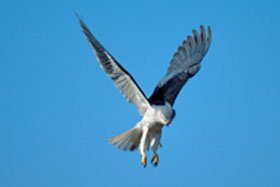
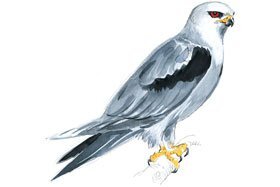
Adult Height 30cm
Weight 240–260g
Wingspan 84cm
Grey and white raptor with black shoulder pads and ruby-red eyes; conspicuous in flight, often hovering 10m above ground looking for prey.
Resident
Prey
Over eighty percent of its diet consists of mice and other similar sized rodents; also preys on doves, lizards and insects.
Where best to find them
Mostly in the open grasslands of eastern Kruger and in the west around Orpen.
